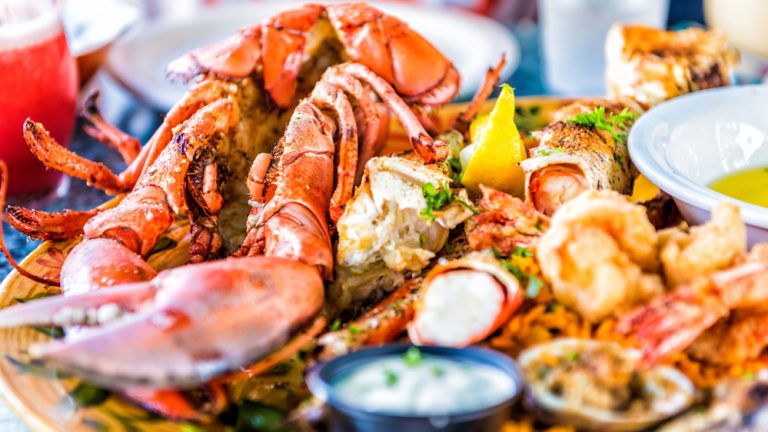The Red King crab’s exceptional size and flavour make it a highly valued and sought-after variety. Every year, fishermen, scientists, aboriginal communities, and federal and state authorities collaborate to manage fish stocks in a sustainable manner for coming generations. Harvest restrictions and harvest quotas are determined by managers through programmes that consider both financial and ecological concerns. Frozen king crab legs are something to die for.
From The Sea To The Shore To You
If you follow The Scariest Catch on TV, you may already be familiar with the harvesting of King crab. As you’ll see on the program, the harvesting occurs every fall during a brief season that can last as little as 4-5 days. Commercial fishing vessels that can endure the harsh cases of the Bering Sea are being used to deploy and retrieve steel and mesh traps known as “pots.” The boats are outfitted with mechanical systems that allow them to raise these pots, which may weigh up to 1,000 pounds when full. When the crab is recovered, it is sifted to ensure that only adult, regulatory oversight crab are loaded in the ship’s storage tanks. Smaller crabs are released to their natural habitat to breed and flourish.
King crab is brought live to the shore, where it is grilled, washed, partitioned, and refrigerated. The freezing process produces a protective coating, which guarantees that the Keyport King crab preserves its wild-caught flavour during shipment. Keep refrigerated until prepared to defrost and use to ensure the finest flavour sensation and food hygiene. Don’t thaw and then refreeze.

